No disappointment with PCOS! Making sure your journey ends with a healthy baby
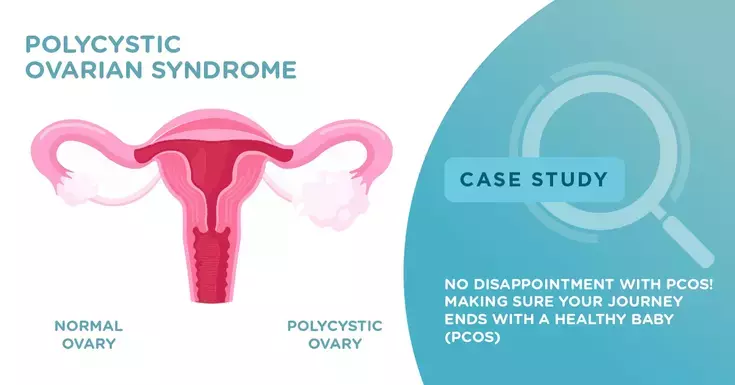
Kolkata residents Mr. and Mrs. Das were unable to conceive after four years of their martial life. Mr. and Mrs. Das decided to consult the reputed fertility centre to find the cause of their infertility problem. In the meantime, they heard that an office colleague of Mr. Das had conceived after consulting Dr. Anindita Singh, the fertility consultant at Nova IVF Fertility, Kolkata, and the couple expressed their interest to undergo fertility treatment at Nova IVF Kolkata under Dr. Anindita’s guidance. The couple made their first visit to Nova in 2019. At that time, Mrs. Das was 28 years old and weighed 70 kg. She told us that she had a history of irregular periods. She was diagnosed with polycystic ovaries following examinations.
What is polycystic ovary syndrome?
Polycystic ovary syndrome (PCOS) is a common health problem in both adolescent and older women. Its causes are unknown, but it may be related to hormonal imbalances.
At the beginning of a normal menstrual cycle, several follicles (usually 10 to 20) begin to grow in the ovary. After a few days, one of them becomes a leader and continues to grow until it reaches a certain size and releases the egg inside through ovulation. During this process, the rest of the follicles disappear. In the polycystic ovary, the selection of the leader follicle does not occur normally and there is no ovulation, so there is no internal message in the ovary for the small follicles to disappear. This causes the accumulation of these follicles, resulting in ovaries full of microcysts.
What symptoms does PCOS have?
The first and foremost symptom is the presence of menstrual alterations. Other symptoms are obesity, oily skin (acne) and a greater amount of body hair.
Relationship between PCOS and fertility
This syndrome affects approximately 10% of women and is directly related to their fertility, so those who suffer from this syndrome may have complications in achieving pregnancy.
Treatments usually vary depending on the symptoms and whether infertility, hyperandrogenism or menstrual irregularity is to be treated. Menstrual irregularity or ovulatory disturbances can make pregnancy difficult, so Dr Anindita Singh, the fertility consultant at Nova IVF Fertility, Kolkata counselled Mrs. Das to make some lifestyle changes, such as losing weight through a low-calorie diet and consistent exercise.
When a patient has polycystic ovary disease, there is a need to decide which medication to use (especially the dosage).
Intrauterine insemination (IUI)
IUI, or artificial insemination, consists of the introduction of spermatozoa into the uterine cavity, associated with ovarian stimulation. This treatment begins with the induction of ovulation, through medication.
Ovulation induction
The main goal of ovulation induction in insemination is the recruitment, maturation and ovulation of eggs. The induction of ovulation is done to facilitate the production and release of eggs by the ovaries so that fertilization by the sperm is possible and, consequently, cause pregnancy. This process is indicated mainly for women with ovarian dysfunction, which is the case of PCOS, one of the main causes of infertility due to the absence of ovulation.
Ovulation induction protocols are done based on drugs that can be tablets, such as clomiphene citrate, or through the use of injectable hormones, known as gonadotropins to ovulate the eggs.
In cases of fertilization, the induction of ovulation, ovarian stimulation, is also based on the use of medicines for women to ovulate. When the follicles reach an adequate size, the last medication is applied, which triggers ovulation.
Follicular study
A follicular study is a series of scans performed to find out the time of ovulation and potentially maximise the chances of the egg meeting the sperm naturally. In general, these scans will begin around day 9 of your cycle and continue until ovulation occurs. The follicle development in the ovary is observed.
In the male semen, spermatozoa with the highest quality and capacity for fertilisation are selected. In this way, the previously selected and treated spermatozoa are deposited inside the uterus through a thin catheter, having to travel the path up to the uterine tubes, where they will find the ova for fertilization and pregnancy to occur.
Unfortunately, the IUI result was unsuccessful. The couple felt a little let down, but Dr. Singh urged the couple to go through another cycle of ovulation induction and IUI. The second IUI cycle was completed the following month, and the outcome was successful!
Finally, the couple achieved their wish of becoming proud parents of a healthy baby girl even after an uneventful pregnancy period.
 Infertility Counselling
Infertility Counselling Female Infertility Treatment
Female Infertility Treatment Andrology Treatment
Andrology Treatment Fertility Enhancing Surgeries - Female
Fertility Enhancing Surgeries - Female Fertility Enhancing Surgeries - Male
Fertility Enhancing Surgeries - Male Endoscopy Treatment
Endoscopy Treatment IUI Treatment
IUI Treatment IVF Treatment
IVF Treatment ICSI Treatment
ICSI Treatment Advanced IVF Solutions
Advanced IVF Solutions Embryology
Embryology Vitrification Egg, Embryo, Sperm Freezing
Vitrification Egg, Embryo, Sperm Freezing Preimplantation Genetic Testing (PGT)
Preimplantation Genetic Testing (PGT) Donation Program Embryo / Egg / Sperm
Donation Program Embryo / Egg / Sperm Self-cycleTM IVF
Self-cycleTM IVF

 Self-cycleTM IVF
Self-cycleTM IVF


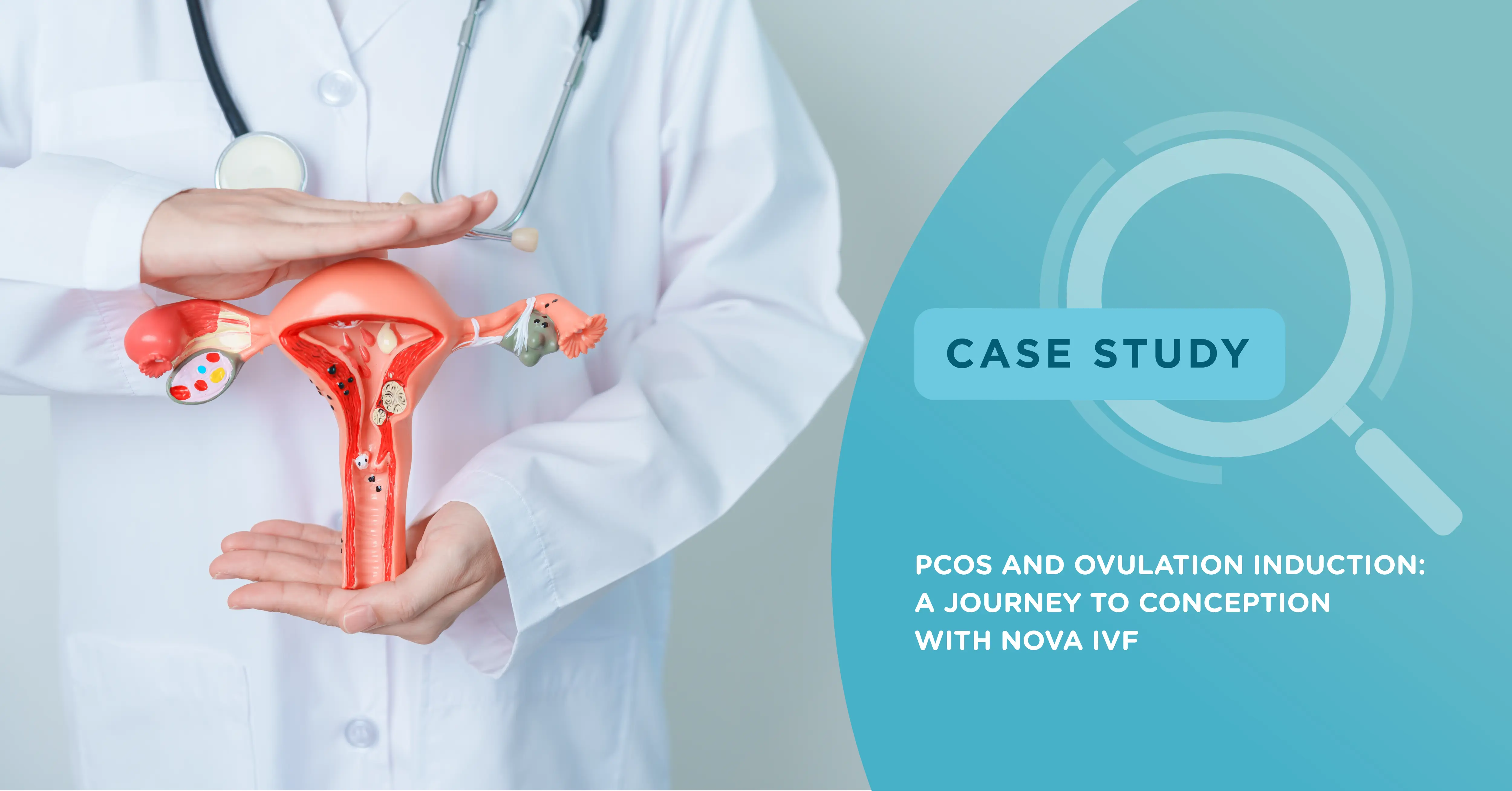
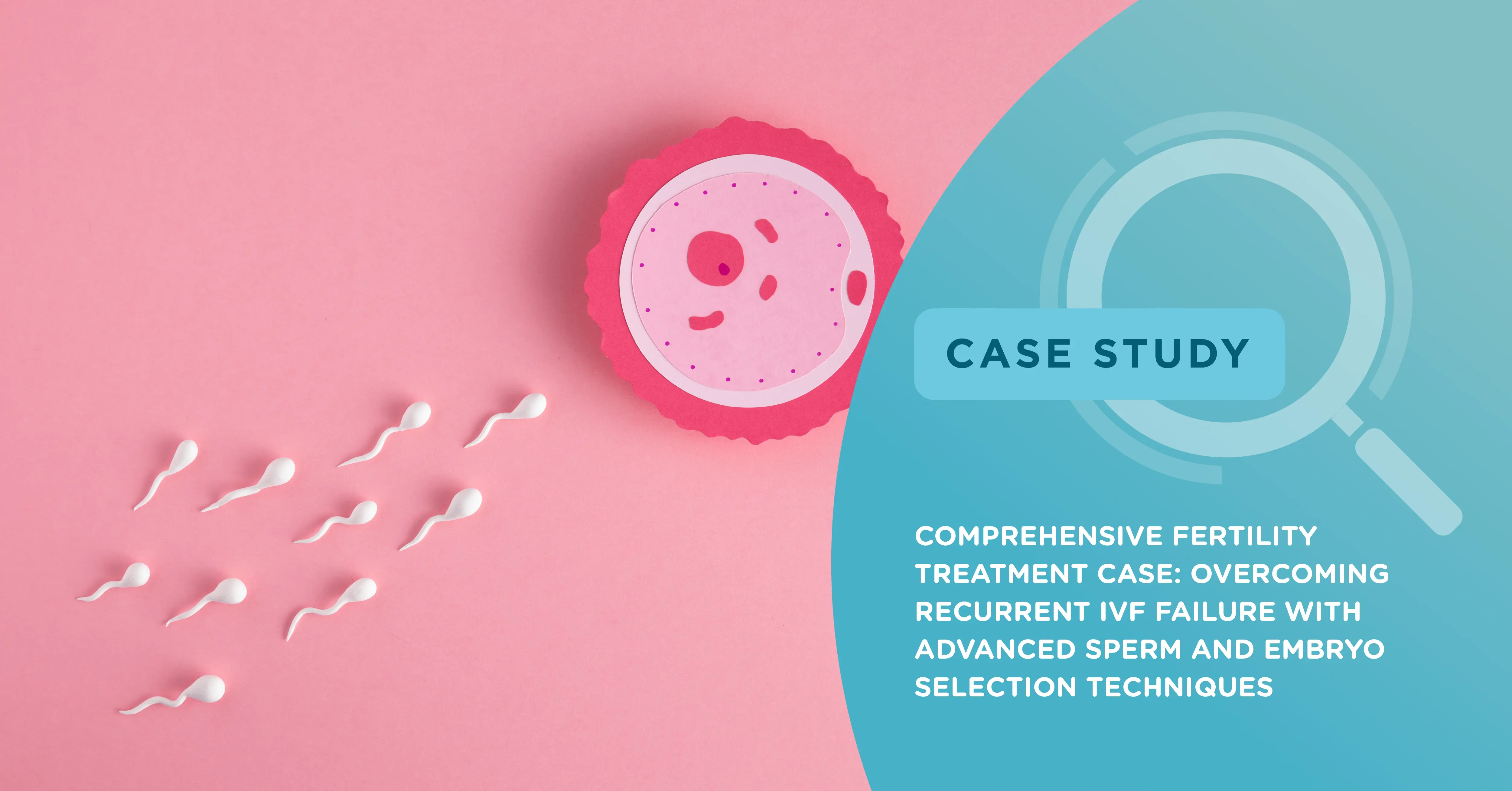
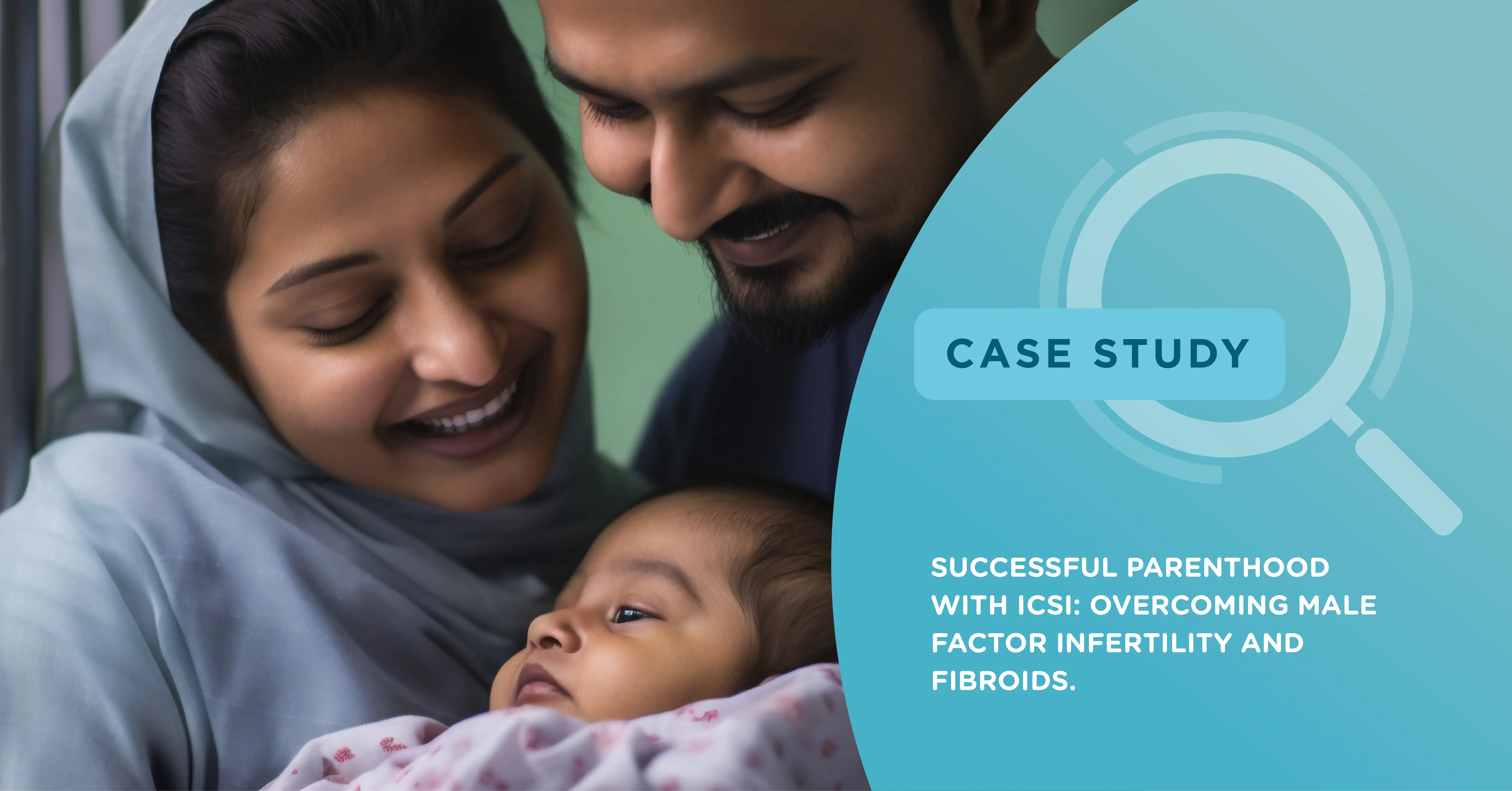
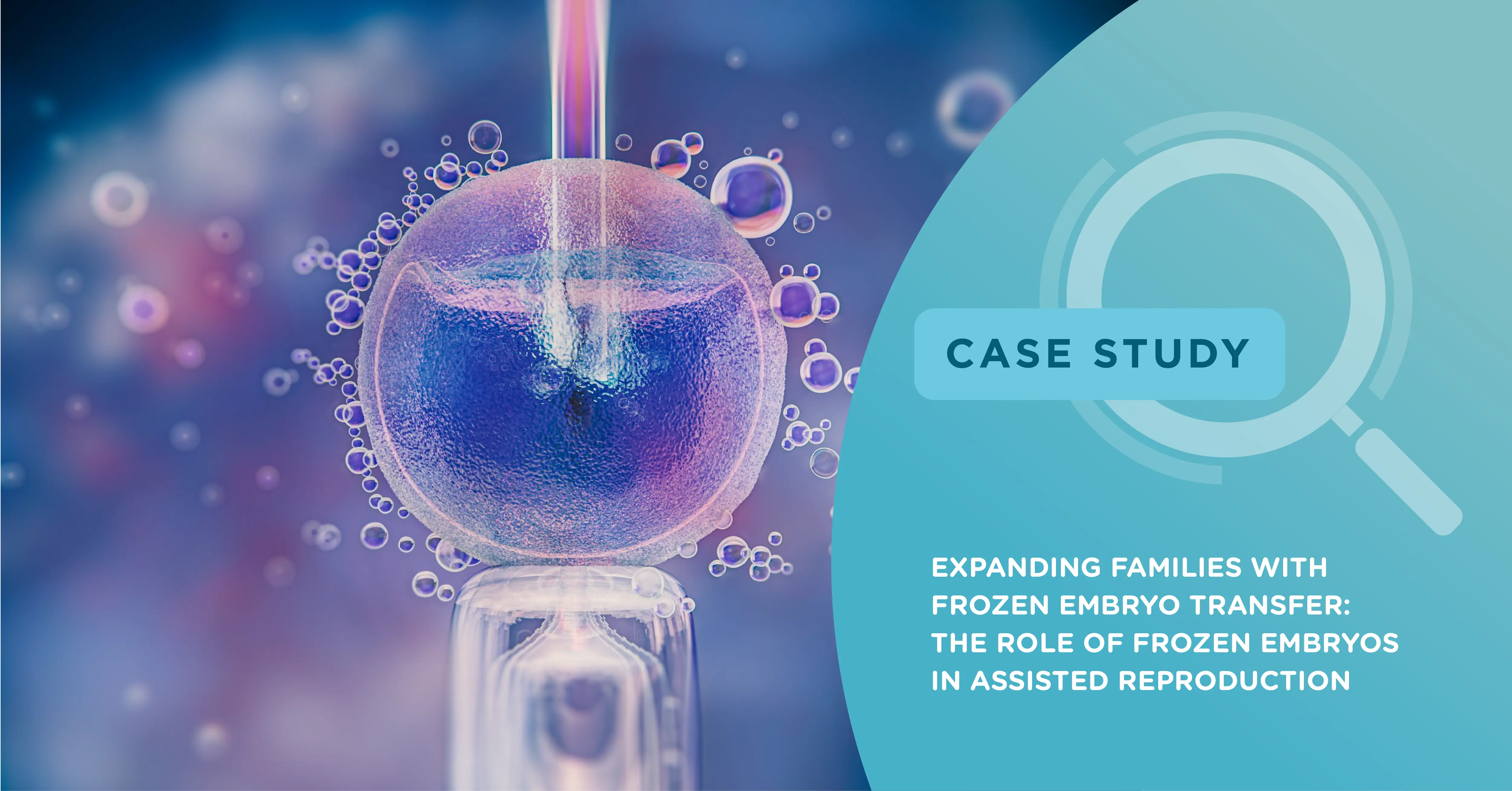

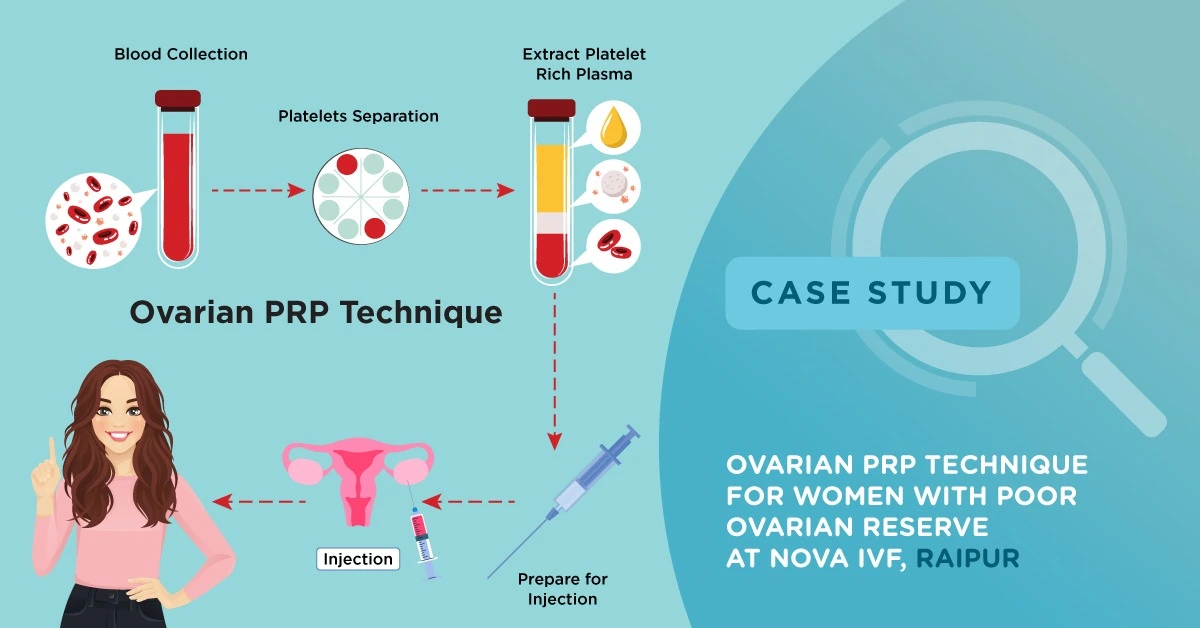
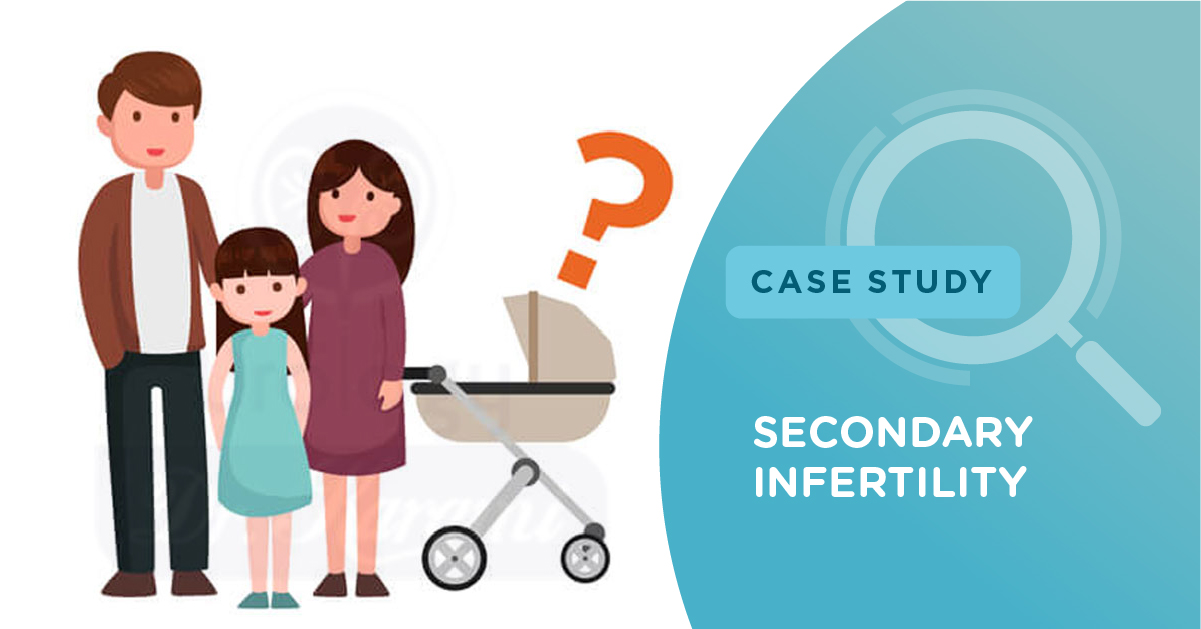







Add new comment